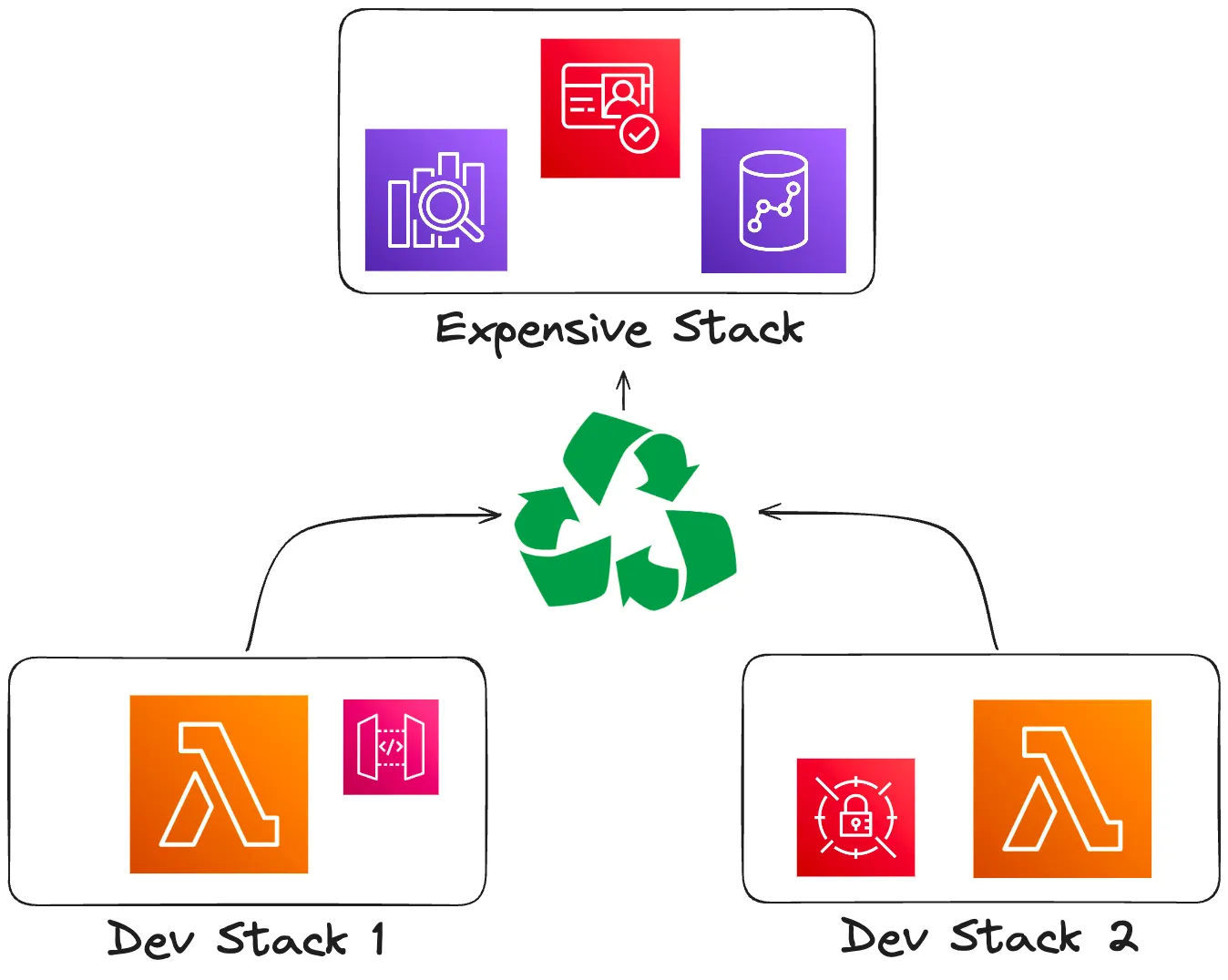Articles for Serverless

As developers, having a development environment that is as close as possible to the production environment is key for faster iteration. It gives us assurance that if something “works on my machine”, it will also work in production as well…
Continue reading →
1. Intro Setting up effective search functionality for applications that rely on content management systems (CMS) is a crucial yet challenging task. In today's digital landscape, the ability to seamlessly integrate robust search capabilities into applications is essential for enhancing user…
Continue reading →
Why use a state machine? Using Step Functions and a state machine can be very useful to create complex workflows using different AWS services. For example, tasks can run in parallel and other tasks can be triggered once all those parallel…
Continue reading →
AWS Serverless Composer: A Review A few weeks ago, I had the opportunity to attend re:Invent 2022, Amazon Web Services' annual conference. It was an exciting (if tiring!) event with a lot of new announcements and updates, but one that particularly…
Continue reading →
At Theodo, one of our core values is pragmatism, which means getting things done well - without wasting time, energy, or money. There is no better embodiment of pragmatism than sustainability. The carbon footprint of the tech industry will reach 8% of…
Continue reading →
This article will focus on using Amazon Kinesis Data Firehose to route Lambda destination logs to S3 and connecting to QuickSight (in order to analyze product performance from a business perspective). Event-driven architecture is a popular application design approach which uses…
Continue reading →
This article will cover filter patterns in the serverless framework as they apply to DynamoDB streams, but the principles apply to filter patterns on other event types as well (kinesis, event bridge, etc...)DynamoDB Streams provide near real time information on…
Continue reading →
In a recent post, I explained how to run Blender render jobs on AWS Lambda functions, using Lambda container images. As a follow-up, today I am looking at the same workload running on Cloud Run, the easiest serverless way to run…
Continue reading →AWS Fargate: harness the power of serverless for long-running computational tasks
James Haworth Wheatman11 min read

TLDR: We all know the advantages of serverless computing: pay only for what you use; scale up and down with ease; abstract away the complexities of managing servers. In this article, I illustrate how you can acquire these benefits for…
Continue reading →
You can fairly easily leverage AWS Lambda to render scenes with Blender. It can make sense to use Lambda functions if you need to render a large number of assets in little time and if each asset is simple enough…
Continue reading →